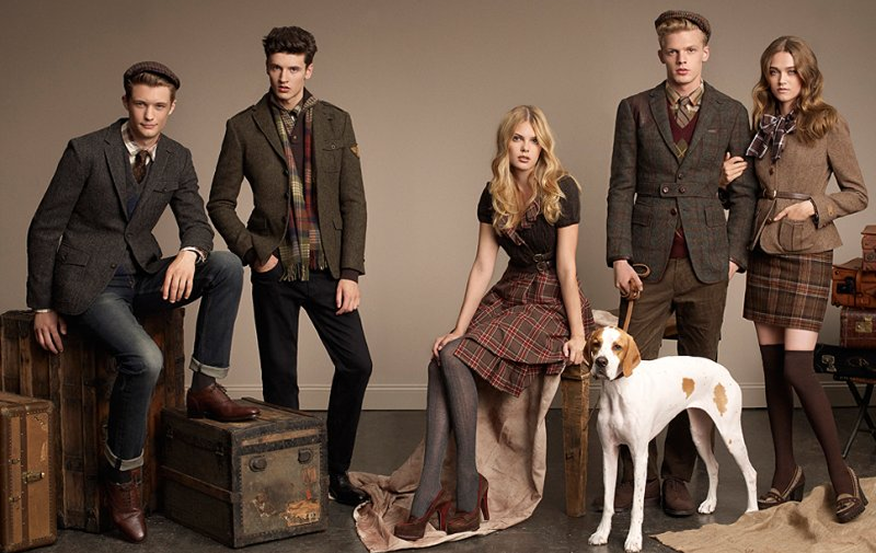The United Kingdom has long been recognized as a global center of fashion, blending tradition, innovation, and cultural identity into a distinctive aesthetic. British style is characterized by its balance between sophistication and practicality, offering both elegance and functionality suitable for everyday life. From iconic tailoring to street fashion, the influence of British fashion extends far beyond the country’s borders, shaping trends worldwide and reflecting the nation’s social and historical context.
Advertising
1. Historical Roots of British Fashion
British fashion has deep historical roots, influenced by monarchy, military traditions, and social class. During the Victorian era, elaborate garments, corsets, and structured suits reflected social hierarchy and formal etiquette. The Edwardian period introduced lighter fabrics and more relaxed silhouettes, while still maintaining refinement.
Tailoring, particularly for men, became a hallmark of British style. Savile Row in London emerged as the epicenter of bespoke tailoring, crafting suits that combined precision, comfort, and elegance. These traditions established standards of quality, craftsmanship, and timeless style that continue to define British fashion today.
2. Iconic British Designers and Brands
The UK has produced numerous designers whose work has left a lasting mark on global fashion. Alexander McQueen, known for his dramatic and avant-garde designs, challenged conventions while honoring technical mastery. Vivienne Westwood revolutionized punk fashion in the 1970s, merging rebellious attitude with sartorial innovation.
Brands like Burberry, famous for its trench coats and classic outerwear, and Barbour, with its waxed jackets and countryside heritage, embody the British balance of functionality and elegance. These designers and labels illustrate the diversity of British style, where heritage meets creativity, and tradition coexists with experimentation.
3. Everyday Elegance: British Wardrobe Staples
British style extends beyond high fashion into everyday wear, emphasizing practical elegance. For men, tailored blazers, crisp shirts, and well-fitted trousers form the foundation of a versatile wardrobe. For women, trench coats, knitwear, and tailored skirts or trousers provide comfort, sophistication, and adaptability.
Layering is a key aspect of British fashion, reflecting the country’s variable climate. Woolen sweaters, scarves, and classic coats allow for both warmth and style. Accessories, such as hats, gloves, and leather shoes, further enhance the polished yet practical aesthetic. Everyday elegance in Britain is not about opulence but about refined simplicity and attention to detail.
4. Street Style and Contemporary Trends
British street style is as influential as formal tailoring, reflecting urban culture, creativity, and subcultural movements. London, Manchester, and Glasgow are hubs for diverse fashion expressions, from minimalist contemporary looks to bold, experimental outfits inspired by music, art, and youth culture.
